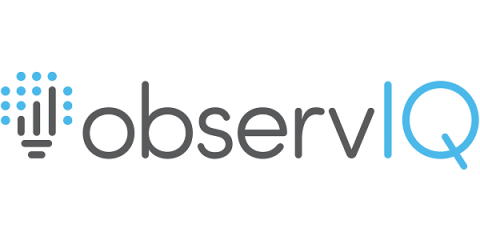Interview With CTO, Leonard Trigg
For the next interview in our series speaking to technology specialists from around the world, we’ve welcomed experienced CTO, Leonard Trigg. Leonard is a member of the Harbourfront executive management team and serves as the firm's Chief Technology Officer. Joining the industry in 1995 Leonard has a background in enterprise technology, finance and operations. Leonard previously served as the Chief Operating Officer and Director at Vertex One Asset Management Inc.











